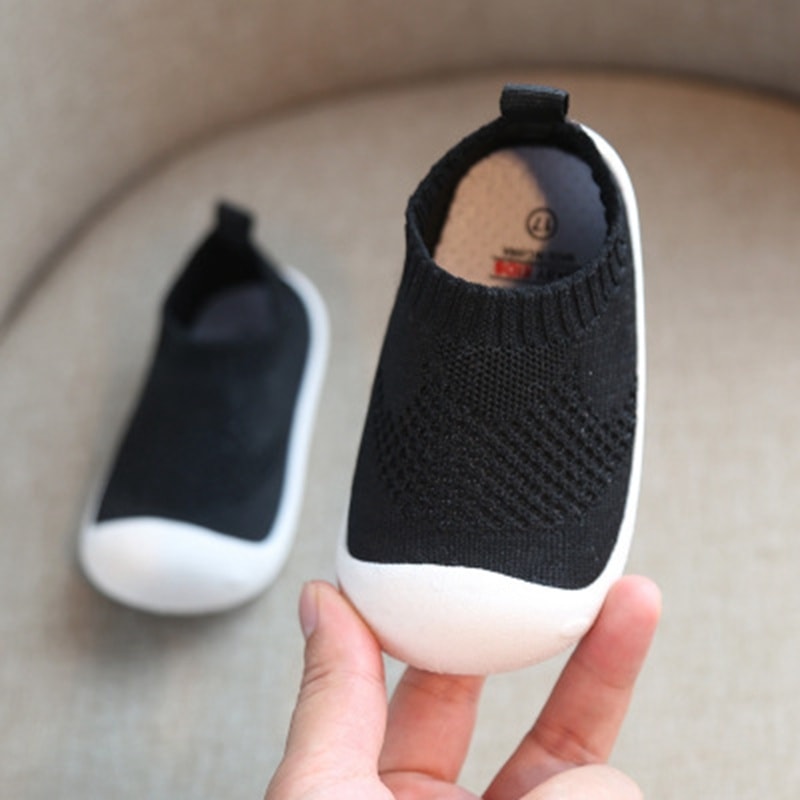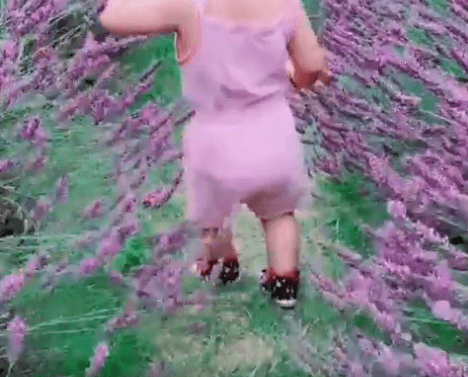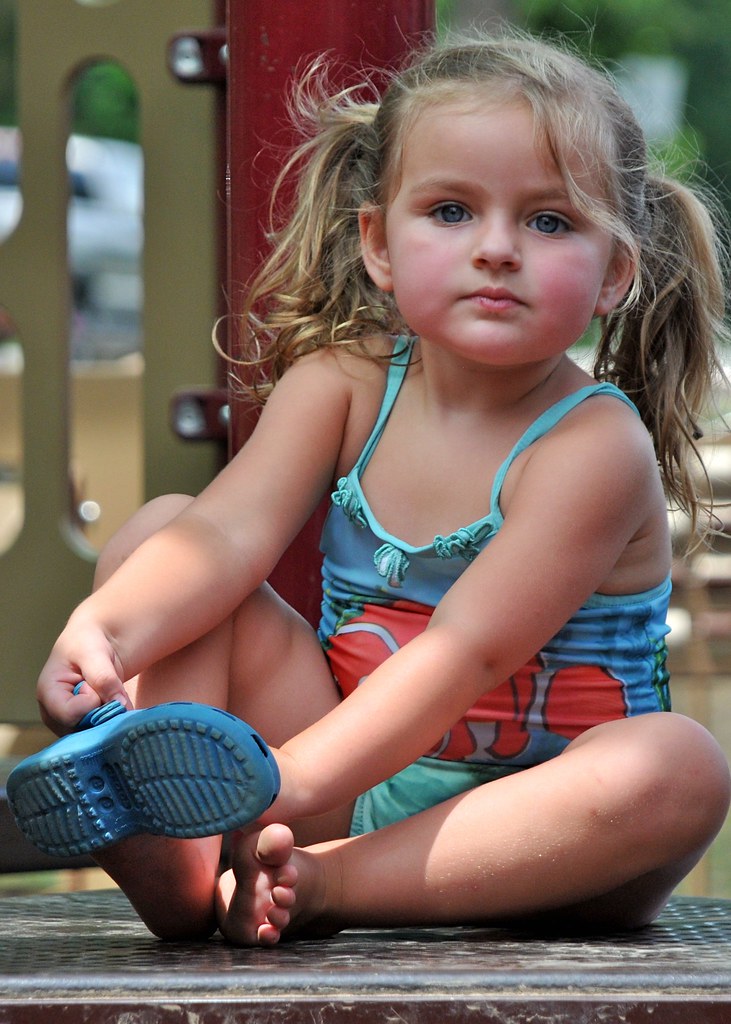Parenting
How to buy first walker shoes for baby in 2023 [14 Tips]
If you are a proud parent of a cute little baby who is keeping you busy chasing as he or she crawls everywhere in home and in garden, it’s time to prepare for her next steps. yes, next steps literally!
Nothing in this world is more fun than seeing your little one start taking those first walking steps. But here is where you need to be careful – if you baby is about to start walking, you need to understand what’s important when buying first walker shoes for your baby.
You need to select the right kind of baby shoes at the right time and of the right fit. You don’t want baby shoes that are hard to put on or stiff and heavy.
Just go through these tips for shopping best shoes for babies learning to walk:
When to Shop for the first walkers?
1. Buy shoes when your baby starts taking steps.
Once your little one can take unaided strides, they are ready to wear their first pair of shoes. Infants don’t need shoes, because you’re always carrying them around. But, anywhere between 9 months to 18 months, the child starts walking. And once they start walking it’s a must that their feet be protected from dirt, germs, and sharp objects by wearing shoes. The child need not wear shoes at all times. In fact, it’s perfectly ok to let your baby learn walking at home barefoot. But, then, it is equally important that the your baby should not walk barefoot in parks, on pavement, or on rocky ground where their tender feet might get hurt by scratches or cuts. They also need shoes to prevent their feet from injuries if “bigger” people step on her tiny toes. Before she’s walking, you really only need socks or booties to keep your baby’s feet warm. That said, there’s nothing wrong with buying a pair of baby shoes to dress up an outfit at any age, as long as you don’t keep them on too long.
2. Best time to buy baby shoes is in the evening.
Just like adult feet, Babies’ feet swell and are often bigger at the end of the day. Shoes that fit just fine in the morning may be too tight in the evening. So, naturally, any time after 4 PM is the right time to shop for shoes for your baby. The best time to buy shoes is the late afternoon when your baby’s feet are most likely to be their largest because they’ve been carrying their weight all day, walking and standing all day.3. Ensure baby is in good mood when buying shoes for your little one.
Shop when your baby is in a good mood. If the baby is kicking her feet like mad, obviously, it is not the best time to try to put shoes on feet. A tired and crabby child won’t cooperate as much as you want it to when selecting shoes. Your baby will need to walk around while trying on new footwear, so try to plan around naps and meals. Feed you baby well before taking her to shoe shopping as a hungry child won’t be in a mood to trying on shoes.How to choose a Pair of first walker shoes for baby
1. Shoes with Velcro fasteners are a good choice.
Shoes with Velcro are easy to take on and off. You don’t have to worry about tying laces all day. Keep in mind that Velcro is pretty easy to figure out, though. Once your baby figures out how to work the Velcro, you might be in for some trouble! Babies love to take their shoes off when they probably shouldn’t! This is fine for the “barefoot-is-best” crowd, but once your toddler or preschooler is really running around, even inside the house, you will likely end up with a lot of stubbed toes, broken toenails, and splinters, etc., if your child isn’t wearing shoes.
2. Lace-up shoes are good as they stay put in baby’s feet.
Choose shoes with laces to make sure they stay put. If you buy shoes with laces, make sure the laces are long enough to tie in double knots so they don’t come undone. Otherwise, you’ll be spending a lot of time tying and retying. Lace-up shoes are harder for babies to take off, so you may save some time that you might have spent looking for lost shoes.
3. Want to save time? Choose slip-on shoes.
Slip on shoes are simple for parents because, as the name indicates, they simply slip onto the foot with no bells, whistles, laces or straps. Kids are wily, though, and it won’t take them long to figure out how to remove the shoe themselves and sometimes send you on a game of fetch or you may end up with just one shoe ! That said, you’re not going to want to put shoes on your baby if they’re hard to get on (no matter how cute they are). Slip On shoes are very easy to slide your baby’s foot into. You may put Slip On shoes on one-handed, which is amazing! This is a HUGE tip when you are trying to choose the right shoes for your baby.4. Make sure the sole of baby first walking shoes is soft.
The shoe’s soles should be made out of durable non-stick rubber to prevent sliding, falling and accidents Even if your baby isn’t going to be walking soon, you don’t want their shoes to be stiff. You want what’s best for your baby, so make sure the baby shoes you pick for them are soft and comfortable for them. Once they start walking, you need to be more careful. Choose shoes with a flexible, soft sole. They should also have very bendable, flexible soles so that your baby can use those cute little feet properly to gain balance. There’s a reason baby shoes have rubber soles on the bottom! Otherwise babies would be slipping all over the place without the traction soles provide. So make sure the shoes you choose for the baby have soft soles but proper grip. Since babies learn by touching and feeling things, your baby will need to be able to feel the ground through the shoes.5. It is important to choose anti-slip, anti-skid bottoms.
Choose shoes with non-skid bottoms. It’s hard enough to learn to walk without sliding around all over the place! Your baby will need good traction. One must ensure that the shoes for little toddler should have traction to help reduce falls and tumbles, and as any mom of a newly-walking baby knows, that’s a big deal. Soles with rubber grip are a good idea, especially if your baby will be walking on slippery floors.
6. Breathable first walker shoes are a great choice.
The top part of the shoe should be made out of leather, mesh, or other breathable, flexible material that will allow ventilation to your child’s feet while allowing natural movement and flexing Baby feet sweat more than you would think! You may select super cute baby shoes which, in summer, may start to stink after wearing a few times. If you try to wash them, they may start falling apart and will never be the same. So, make sure the material you choose is breathable so your baby’s foot won’t get hot and uncomfortable and stinky. Look for shoes made from soft leather, canvas, or another breathable material. Soft leather or cloth is best. Avoid shoes made from stiff leather. Shoes that are too stiff can hinder the development of your baby’s feet. Avoid synthetic materials completely. While they may be light, they aren’t breathable.Ensuring a Proper Fit

1. Make sure the size is correct when buying baby first walking shoes
Your baby won’t be able to tell you if her shoes are pinching or too loose at the heel, so check them carefully. With your child ideally standing with her weight on both feet, try the following:- The length test: See if you can press your thumb in between your baby’s biggest toe and the end of the shoe. About half an inch of space will give your child wiggle room but not so much space that she’ll drag her toes.
- The width test: At the shoe’s widest point, check if you can grasp a tiny bit of the material between your fingers. Too much and the shoe is too wide; none and it’s too narrow.
- The heel test: Check the back by slipping your pinkie between the shoe and your child’s heel. It should fit snugly.

2. Ensure the shoes pass the squeeze test.
If the shoe is made of soft fabric, try to grab some of the material on the top of the foot when your child is wearing them. If you can’t, the shoes might be too tight. Remember it’s not all about the shoes. If your little one’s socks is too tight, this can also cause problems for delicate feet. Your tot should be able to move their toes freely in their socks and their toes should not be cramped.3. No discomfort for baby shoes – Not even a little bit.
It’s not just up to shoe fitters to check your little one’s feet! Regularly check for inflamed tissue around the nails, red pressure marks on top of the small joints of the toes, below the ankle bone and at the back of the heel – these are all signs their shoes aren’t fitting correctly. Your toddler won’t tell you if their feet hurt or that their shoes are too tight, so keep an eye on their feet for these tell-tale signs. There are three key areas of the foot that you should focus on when buying first walker shoes for toddlers:- The front of the shoe,
- The back,
- and the width.

